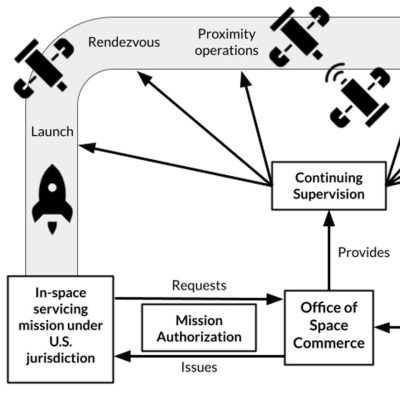
Mapping of the performance envelope and energy pathways of plasma-assisted ignition across combustion environments
Researchers in the Aerospace Plasma Group explain a methodology for conducting insightful numerical simulations of thermo-chemical interactions between combustion and plasma by tracking the energy deposition pathways to better understand the process.
Authors: Raphael Dijoud, Nicholas Laws, Carmen Guerra-Garcia
Citation: Combustion and Flame Volume 271, January 2025
Abstract:
Nanosecond pulsed plasmas have been demonstrated, both experimentally and numerically, to be beneficial for ignition, mainly through gas heating (at different timescales) and radical seeding. However, most studies focus on specific gas conditions, and little work has been done to understand how plasma performance is affected by fuel and oxygen content, at different gas temperatures. This is relevant to map the performance envelope of plasma-assisted combustion across different regimes, spanning from fuel-lean to fuel-rich operation, as well as oxygen-rich or oxygen-vitiated conditions, of interest to different industries.
This work presents a computational effort to address a large parametric exploration of combustion environments and map out the actuation authority of plasmas under different conditions. The work uses a zero-dimensional plasma-combustion kinetics solver developed in-house to study ignition of CH4/O2/N2 mixtures with plasma assistance. A main contribution of the study is the detailed tracking of the energy, all the way from the electrical input to the thermal and kinetic effects that result in combustion enhancement. This extends prior works that focus on the first step of the energy transfer: from the electrical input to the electron-impact processes. Independent of the composition, four pathways stand out: (i) vibrational-translational relaxation, (ii) fast gas heating, (iii) O2 dissociation, and (iv) CH4 dissociation.
Results show that the activated energy pathways are highly dependent on gas state and composition, and can explain the observed range in performance regarding ignition enhancement. The approach can be used to calculate the fractional energy deposition into the main pathways for any mixture or composition, including new fuels, and can be a valuable tool to construct phenomenological models of the plasma across combustion environments.

